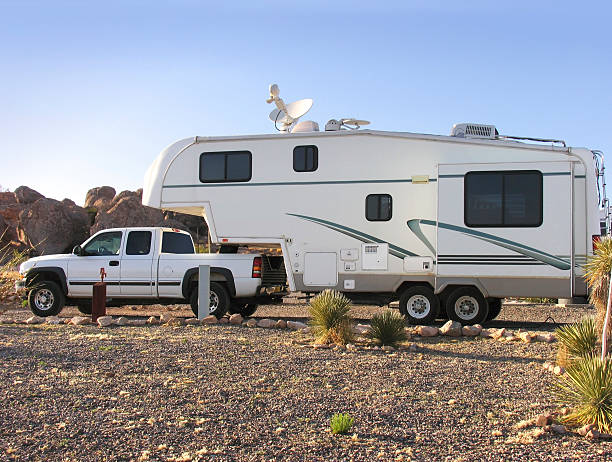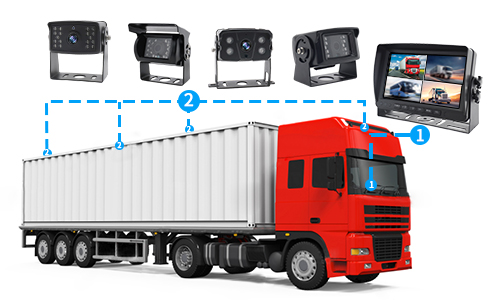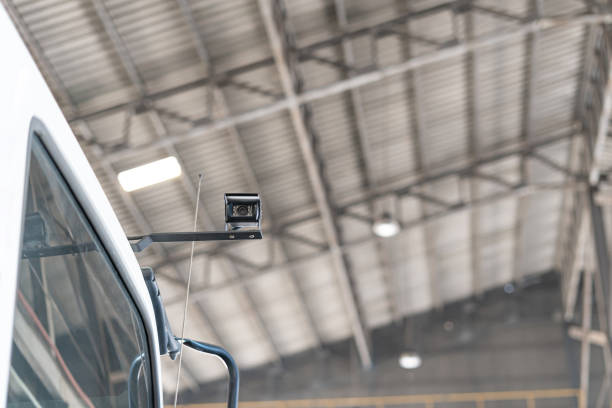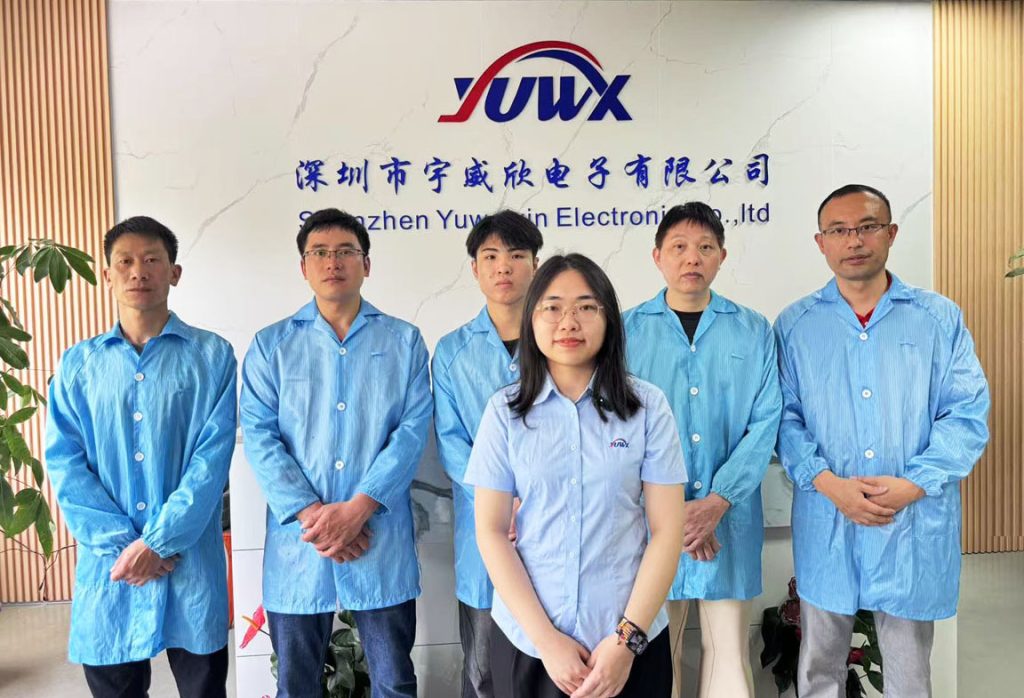The modern RV lifestyle has become a symbol of independence and comfort. Yet, as recreational vehicles grow larger and more advanced, visibility challenges increase significantly. Traditional mirrors and single rear cameras cannot cover every angle, especially in large Class A or towable RVs.
To address this, multi-camera blind spot systems have emerged as one of the most transformative technologies in vehicle safety. By combining multiple lenses, smart processing, and real-time video stitching, these systems give drivers a seamless, panoramic view of their surroundings. For RV travelers, this innovation not only reduces accidents—it redefines driving confidence.
As more travelers embrace remote camping and cross-country exploration, safety demands rise. A reliable blind spot monitoring system ensures smooth navigation through narrow roads, busy campgrounds, and unpredictable environments.
Understanding Multi-Camera Blind Spot Systems
At its core, a multi-camera blind spot system consists of several wide-angle cameras strategically placed around the vehicle—usually at the front, rear, and both sides. These cameras transmit synchronized visual data to a central processor, which merges the feeds into a single, cohesive 360-degree view on the monitor.
Unlike conventional dashcams, this setup provides full situational awareness in real time.
Each camera performs a distinct function:
-
Front cameras enhance visibility during tight maneuvers.
-
Side cameras eliminate mirror dead zones and assist in lane changes.
-
Rear cameras support safe reversing and trailer hitch alignment.
The integrated system overlays guiding lines and distance markers, helping drivers gauge proximity to obstacles. With the addition of artificial intelligence, some systems can detect pedestrians, cyclists, or moving objects and issue instant alerts.
 Why Blind Spots Are a Serious RV Problem
Why Blind Spots Are a Serious RV Problem
Blind spots are unavoidable in vehicles with long frames and high structures. In RVs, these hidden areas often extend several meters on both sides and behind the vehicle. Even a slight turn of the steering wheel can obscure visibility, leading to near misses or collisions.
Traditional convex mirrors cannot fully compensate, especially when towing additional trailers or driving in low-light conditions.
Multi-camera blind spot systems solve this by offering comprehensive, continuous coverage. They visualize areas that mirrors and human sight simply cannot reach. For large RVs navigating city streets or mountain passes, this technology turns potential hazards into manageable visual information.
Enhancing Safety During Highway Travel
On highways, RVs share lanes with smaller, faster-moving vehicles. Changing lanes safely requires full awareness of surrounding traffic. Side-mounted cameras integrated into multi-camera blind spot systems stream real-time video directly to dashboard monitors.
When the driver activates a turn signal, the display automatically switches to the corresponding camera feed, ensuring no vehicle hides within the blind zone.
Furthermore, advanced systems can use AI-based object recognition to identify fast-approaching vehicles or motorcycles. The driver receives both visual and audible warnings, allowing immediate corrective action. This not only prevents accidents but also reduces stress during long-distance driving.
Low-Speed Maneuvering and Parking Confidence
RV owners know the challenge of maneuvering through tight spaces, whether at gas stations, campgrounds, or rest areas. The risk of scratching, bumping, or damaging exterior parts increases when drivers must rely solely on mirrors.
A multi-camera setup significantly reduces this risk. The combined feeds create a bird’s-eye view, allowing the driver to observe every obstacle in proximity.
With split-screen monitoring, users can simultaneously watch front and rear perspectives. When parking, guiding lines dynamically adjust to steering angles, making trailer alignment simpler and more accurate. As a result, even new RV drivers gain parking confidence comparable to professionals.
Nighttime and Low-Light Performance
One of the greatest strengths of multi-camera blind spot systems lies in their adaptability to different lighting conditions. Night vision and low-light sensors ensure reliable imaging even in poorly lit environments.
Cameras equipped with infrared or starlight sensors capture clear visuals without glare, allowing drivers to see potential obstacles at night.
During early morning departures or late-night parking at campsites, these features become invaluable. Combined with anti-fog and waterproof housings, the system maintains consistent performance across varying climates—whether in heavy rain, dust, or snow.
Safety Beyond Driving: Benefits During Camping and Stationary Use
While most drivers associate blind spot systems with on-road safety, they also play an important role during stationary camping. When parked, cameras can act as security surveillance devices, monitoring the surroundings for suspicious movement or wildlife.
The central monitor can display live video feeds, helping users check doorways or storage areas without leaving the RV.
For RV rental companies or fleet managers, this also means reduced liability and improved asset protection. The multi-functional nature of these camera kits turns them into round-the-clock safety assistants—on the road and off it.
Integration with Smart Display Monitors
Modern car surveillance monitors have evolved beyond simple video screens. Many support multi-channel input, image flipping, and touch control interfaces. The integration of multi-camera blind spot systems with AI BSD (Blind Spot Detection) monitors ensures more intelligent visual support.
These displays can automatically adjust brightness, provide split-view options, and record footage directly to internal memory. For high-end RVs, integration with vehicle infotainment systems creates a seamless digital experience. The driver can control the system via touchscreen, voice command, or steering wheel buttons.
The Role of AI and Image Processing Technologies
Artificial intelligence has revolutionized how blind spot systems interpret visual data. Advanced algorithms analyze motion, detect objects, and predict collision risks. This transforms the camera system from a passive observer into an active safety assistant.
For instance, if a pedestrian approaches from behind while the RV is reversing, the system instantly issues a visual and audible alert. Some solutions even apply trajectory prediction, highlighting the movement path of surrounding objects.
Such predictive intelligence marks a crucial step toward autonomous driving, bridging the gap between human control and automated perception.
 Customization and Installation Flexibility
Customization and Installation Flexibility
One of the reasons multi-camera systems are gaining popularity among RV manufacturers is their modularity. The setup can be customized according to vehicle size, design, and user requirements.
Camera modules can be embedded into mirrors, bumpers, or roof panels, depending on visual preference and functional needs.
The installation process is designed for efficiency and durability. Cables and connectors are weather-sealed to ensure long-term performance. For RV rental fleets, these systems can be preconfigured for plug-and-play use, minimizing downtime and maintenance costs.
Economic and Safety Impact for RV Owners
From a cost perspective, multi-camera blind spot systems provide long-term value by preventing damage, reducing insurance claims, and improving resale potential.
According to industry data, vehicles equipped with advanced visual monitoring experience fewer parking and lane-change accidents, saving thousands in potential repairs.
Moreover, the psychological benefit of driving with complete visibility cannot be overstated. RV owners report reduced fatigue and improved confidence when navigating unfamiliar routes. In a lifestyle where safety and relaxation go hand in hand, visibility technology becomes an essential companion.
Supporting the Transition Toward Semi-Autonomous RVs
The integration of multiple cameras, sensors, and smart monitors reflects the automotive industry’s gradual shift toward autonomy. For RVs, these systems are the foundation for semi-autonomous features, including automatic parking, lane assistance, and collision avoidance.
As manufacturers adopt vehicle-to-environment (V2X) communication, visual data from multi-camera setups will merge with radar and LiDAR inputs. This convergence will allow the RV to interpret complex surroundings more accurately, making future road trips safer and more efficient.
Environmental Durability and Reliability Standards
Since RVs encounter diverse weather conditions, camera modules must meet strict durability standards. Systems rated IP68 or higher are resistant to dust, vibration, and water ingress.
Temperature adaptability ensures consistent operation from desert heat to mountain cold. Anti-flicker processing also prevents image distortion caused by LED headlights from other vehicles.
Leading manufacturers like YUWX emphasize rigorous testing and compliance with automotive-grade quality standards. This guarantees that each multi-camera blind spot system performs reliably throughout its service life.
Conclusion: Expanding the Horizon of RV Safety
The rise of multi-camera blind spot systems represents a defining advancement in RV travel safety. These technologies combine vision, intelligence, and precision engineering to eliminate the unseen risks that once challenged drivers.
By providing continuous 360-degree awareness, they transform every maneuver—from highway driving to campsite parking—into a confident and secure experience.
As RV travel continues to attract enthusiasts worldwide, visual assistance will remain at the heart of innovation. The convergence of camera systems, AI processing, and modular display integration signals the future of smart vehicle safety—a future where visibility knows no limits.








